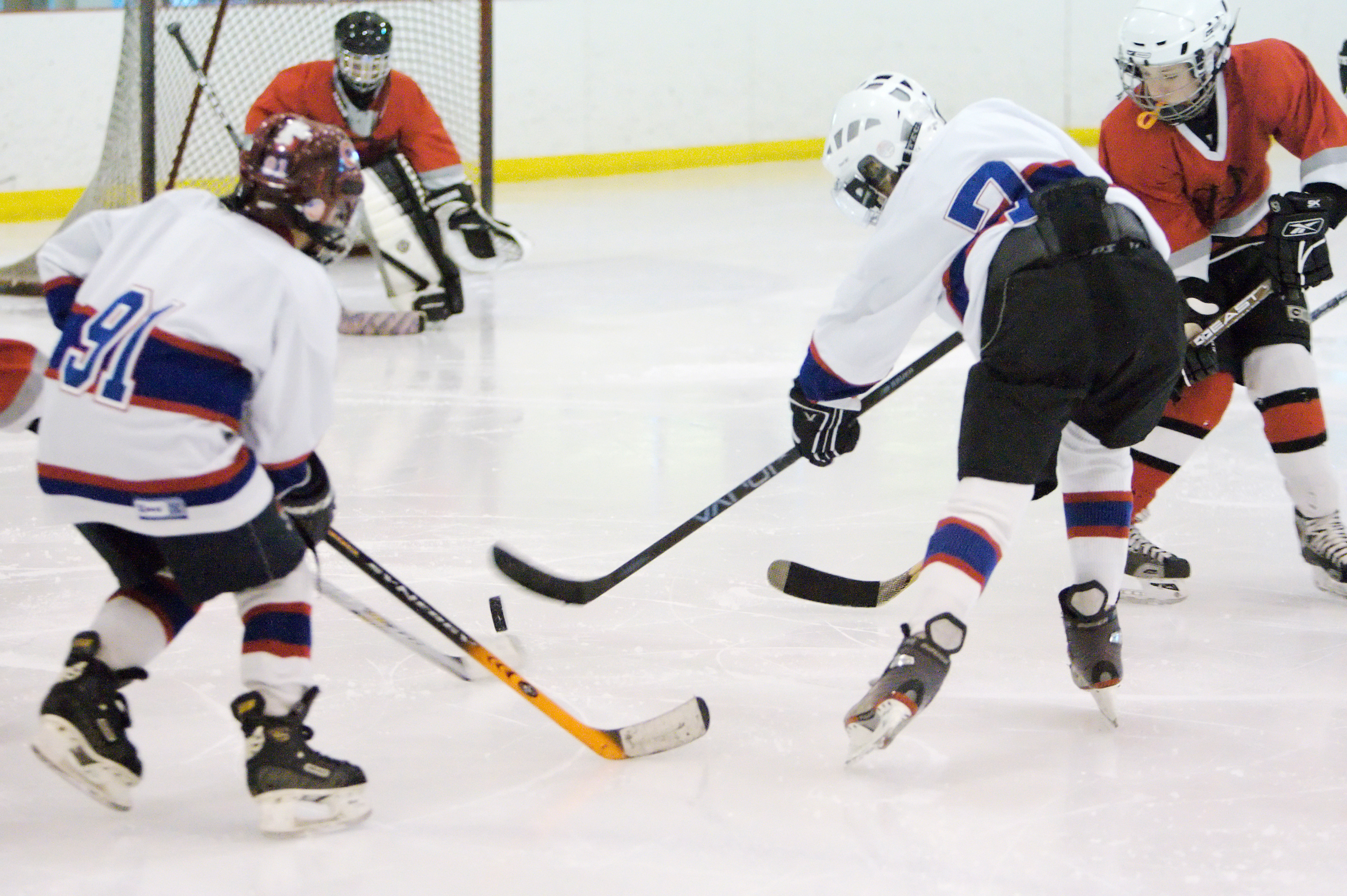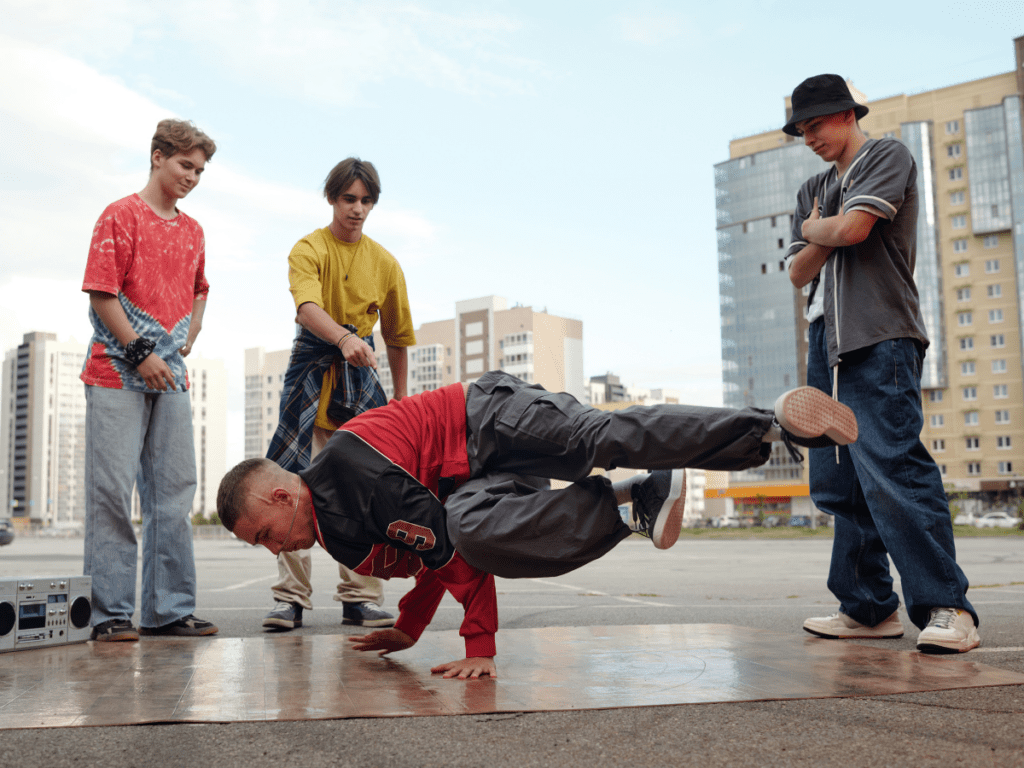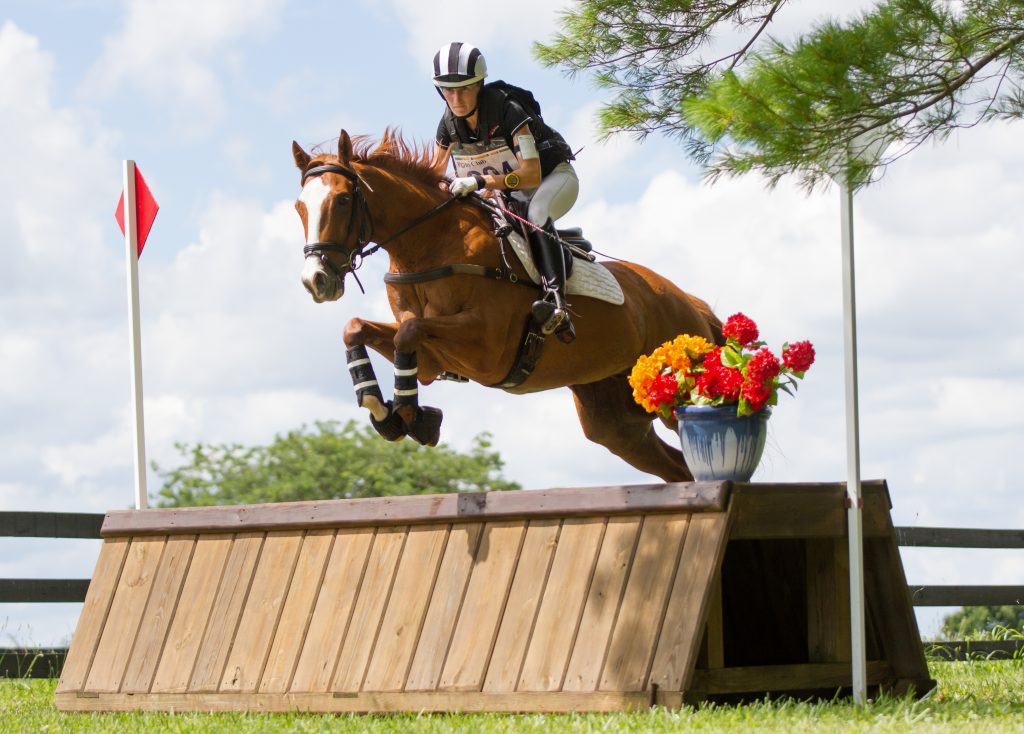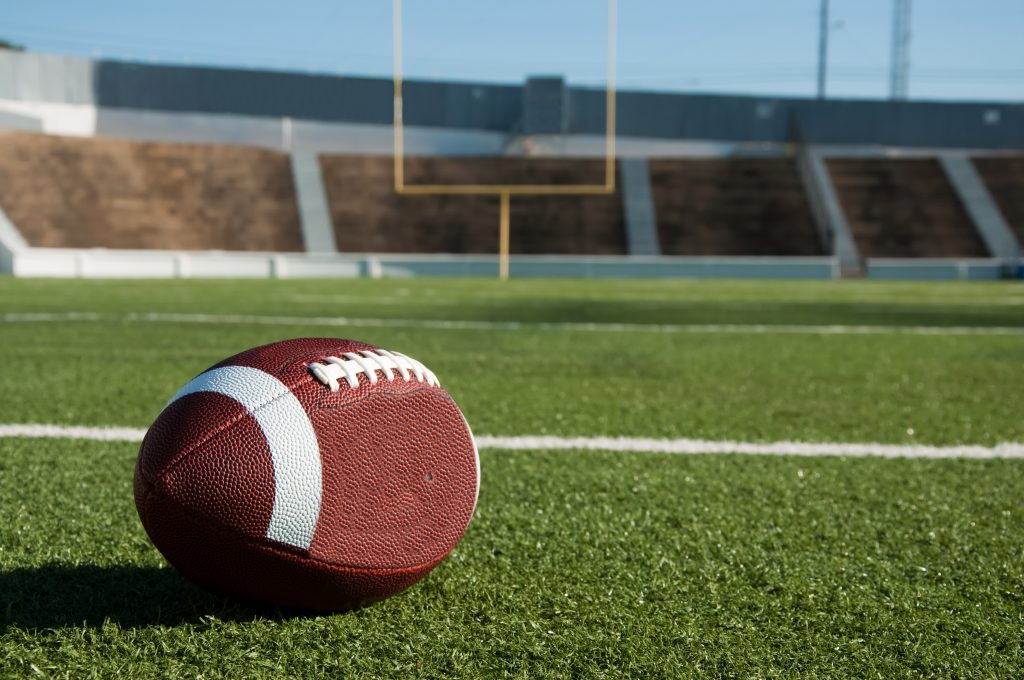Water Safety Tips
As temperatures begin to rise, many Canadians seek to cool off in a nearby body of water. Sadly, drowning is one of the leading causes of unintentional death for Canadian children ages one to four. This blog from the Red Cross provides three tips to keep children safe around water this summer, including creating barriers…
Exploring contemporary issues in Canadian youth hockey: Experiences and perspectives of peewee players and elite hockey insiders

Project Summary Hockey has a profound impact on the values, attitudes, and behaviours of Canadians (Earle, 2002; Gruneau & Whitson, 1993; Nixon, 1976). Youth hockey in Canada has been the target of much recent criticism, with attention being called to an increasingly aggressive and violent atmosphere (e.g., Ackery, et al., 2012; Loughead & Leith, 2001;…
Youth Behaviour Trajectories
Longitudinal studies allow us to observe behavioural changes and identify patterns over time, providing unique insight on how behaviours are affected by life events. New research using data from the Monitoring Activities of Teenagers to Comprehend their Habits (MATCH) study, which followed nearly 1,000 children for eight years, describes how Canadian youth follow different trajectories…
In Search of Inspiration: Re-thinking the Potential for Demonstration Effects

Major sport events in Canada and around the world have been cancelled in the wake of the COVID-19 global pandemic. For sport administrators, researchers and policymakers, this pause represents a unique opportunity to reflect on the desired impacts and legacies of future sport events. Event bids are often full of claims about the positive impacts…
The Digital Gamification of Youth Sport Engagement

Gamification is the use of game techniques, such as the allocation of points and rewards, to provide incentive and fuel the competitive spirit in aspects of life outside of sport (Bunchball, 2020). Examples are abundant, and include Points Days at Shoppers Drug Mart, using an Aeroplan credit card to earn travel miles, or opening a…
Virtual Volunteering in Community Sport

As community sport clubs begin their return to play phases, the short and long-term impacts of COVID-19 – on the field and in the office – are unmistakable. Physical distancing measures and stay-at-home protocols have illuminated how technology can keep people connected and involved in their local communities. These new ways of working provide an…
A promising community-based hip-hop dance intervention for the promotion of psychosocial and physical well-being among youth living in a disadvantaged neighbourhood

Project Summary This project involved a partnership between the University of Ottawa and three community partners: South-East Ottawa Community Health Centre (SEOCHC), Culture Shock Canada, and Heron Road Community Centre. Prior to implementing a new physical activity program in South-East Ottawa, an initial study sought to better understand the needs, barriers, and facilitators to youth…
Novel Approach to Concussion Return-to-Play Decisions Based on Canadian Research

New research from Université Laval is setting the stage for quicker return-to-play decisions that satisfy all the necessary player safety protocols by tapping into the expertise of licenced health care providers involved as team therapists. The four-year research project was led by Dr. Pierre Frémont, a practising sport physician and one of Canada’s leading authorities…
Youth & COVID-19
“It’s quite possible that youth are having difficulties coping with the lack of structured learning, friendly competition, and most of all, social interaction with teammates that comes with participation in sport.” University of Alberta youth sport researcher Nick Holt recommends keeping kids connected to the benefits of sport through backyard practices, engagement in fun social…
Football Makes Bold Pivot

Football in Canada is enjoying a resurgence at a time when public angst over concussions in sport has never been greater. While most sports grapple with ever-more-worrisome trends – declining participation and increasing concerns over athlete safety – football is flourishing, especially at the youngest age groups. There’s no razzle dazzle here. The people behind…